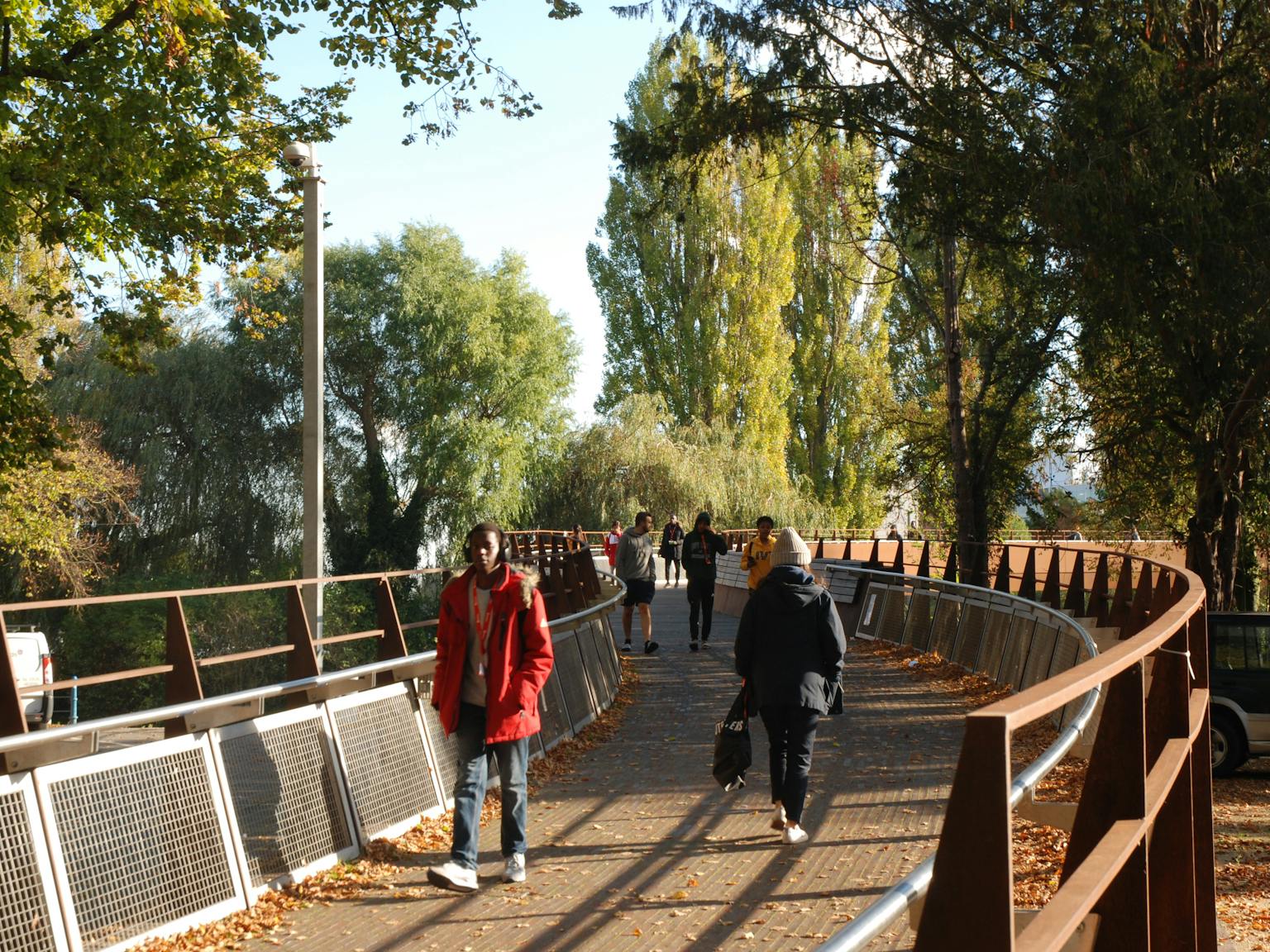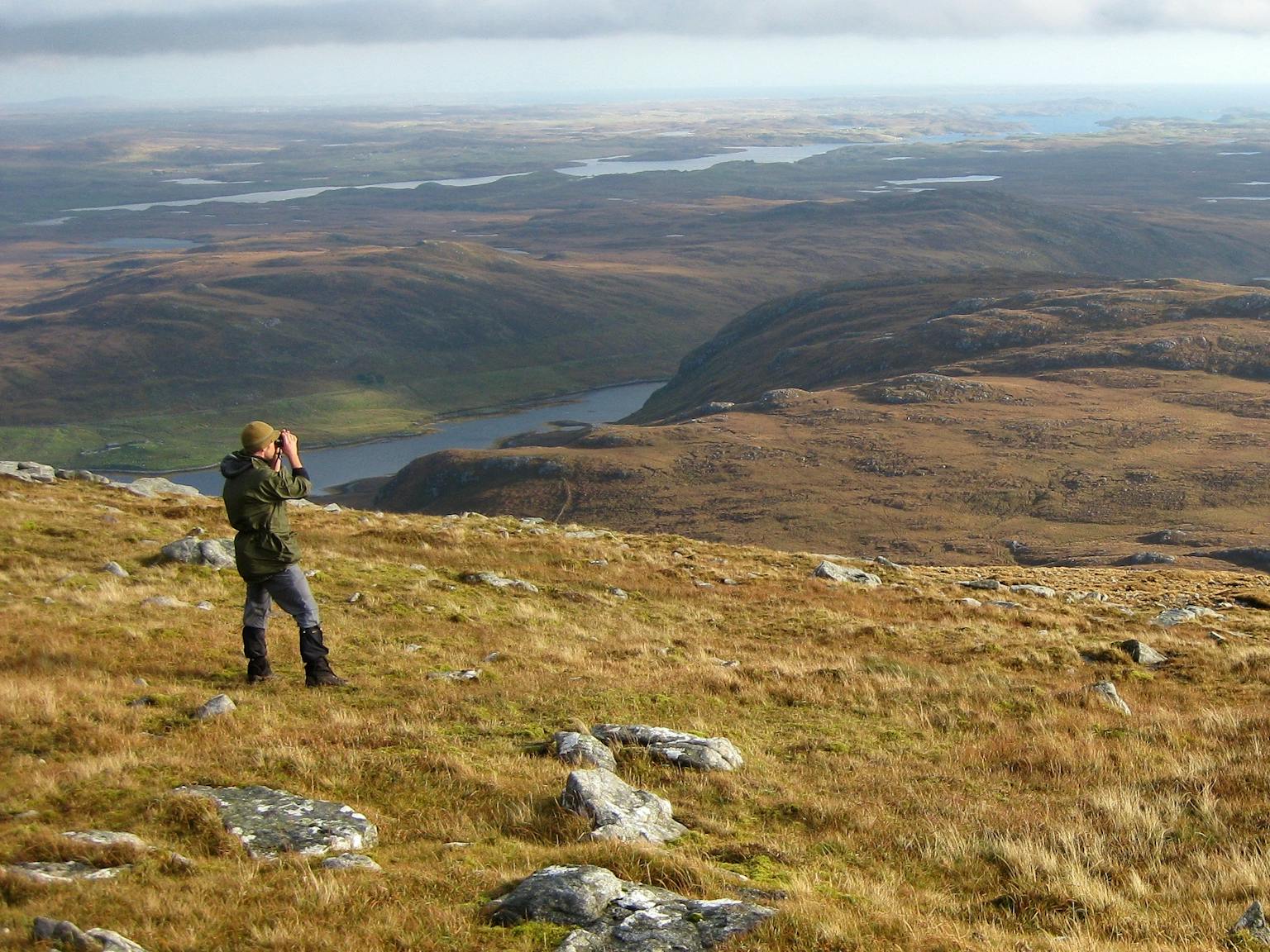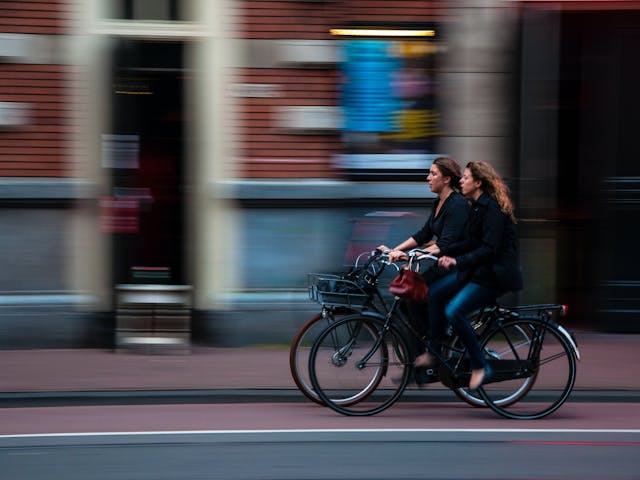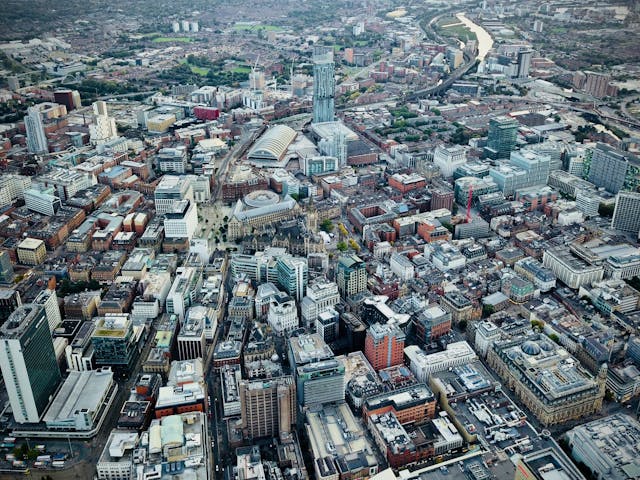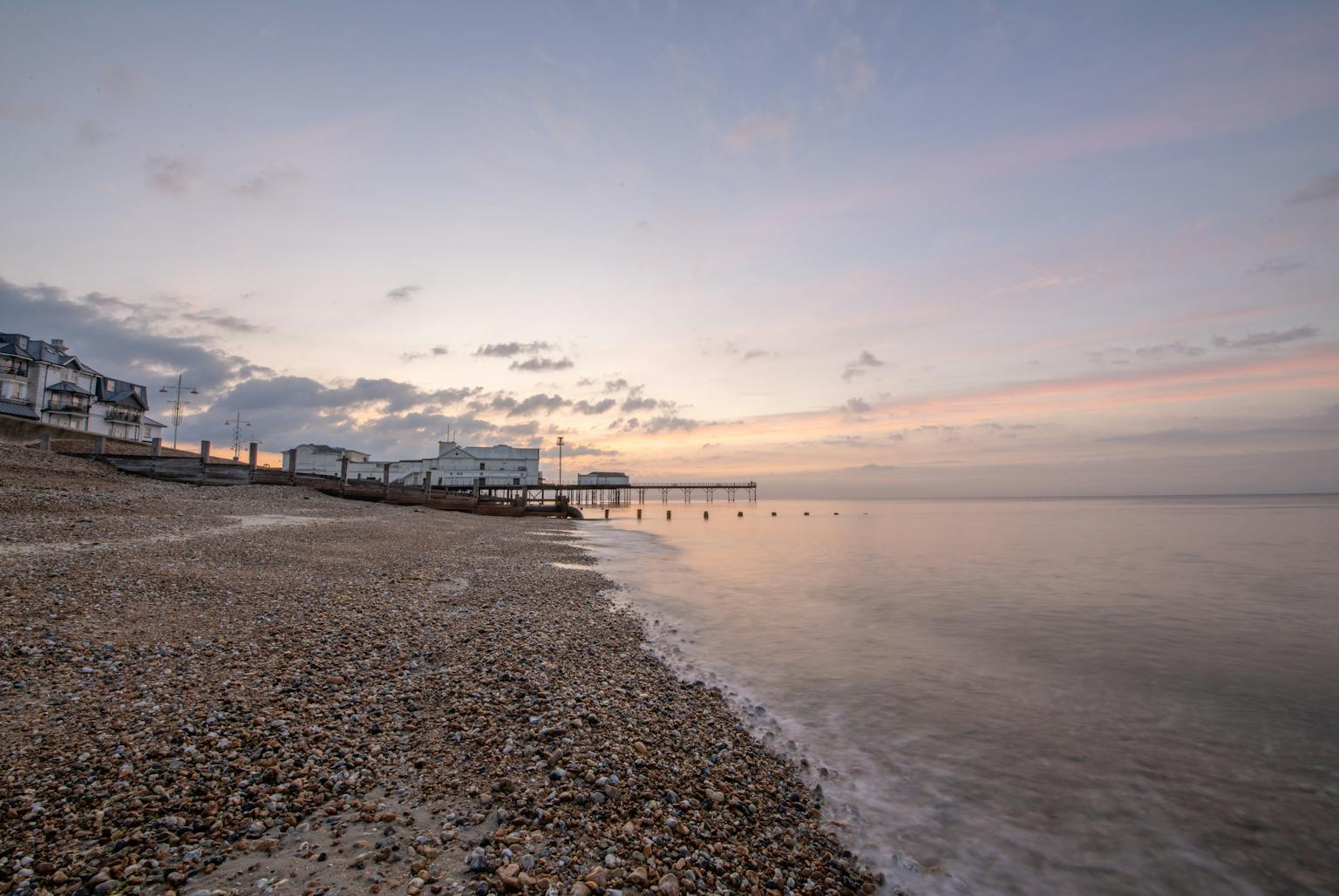
Revitalising Britain's coastal towns through strategic urban planning
At LUC we’re working to make a difference for nature, people, and places. We’ve worked on many planning and design projects supporting local authorities in revitalising town centres, creating communities, and tackling the effects of climate change. Read more about our thoughts on urban design and how it can be used to create healthy, resilient, and sustainable towns and cities.
Here, Tom Jonson, our Director of Landscape Architecture breaks down the problems Britain’s coastal towns currently face and how we can use informed and sensitive urban design and town planning to help them thrive.
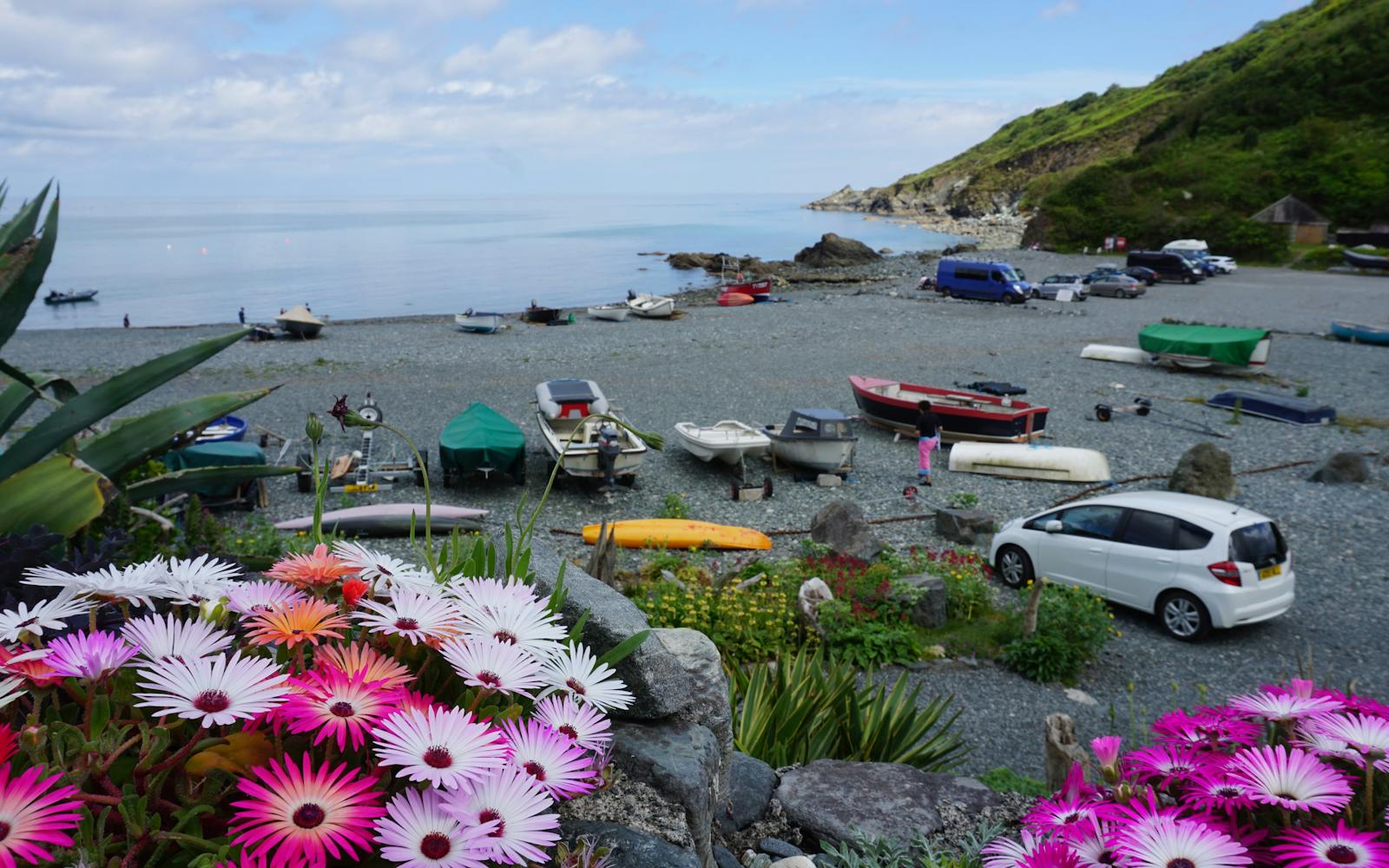
History
Britain’s seaside towns flourished during Victorian and Edwardian times and grew as popular holiday destinations. Access to our coast, bathing, and taking the sea air was seen as healthy and fashionable for those who could afford the leisure time. As a result, much of our coastline is home to valuable historical, cultural, and architectural heritage.
The problems
In the 1970s, overseas holidays overtook domestic tourism and seaside towns saw their traditional industries deteriorate as the fishing industry, ports, and shipbuilding gradually moved overseas. Residents were abandoned in remote locations with few employment options, and social and economic problems inevitably followed.
Some resorts, such as Margate in Kent, have successfully adapted to the modern tourism market, but many have been left behind, with their communities and infrastructure suffering.
The decline of coastal towns can be attributed to a combination of economic, social, and environmental challenges.
Most of our coastal towns are in outlying areas with poor transport links, which prevents access to education and employment. They are also digitally isolated – a lack of reliable broadband infrastructure hinders retail and education and creates a lack of digital skills. This isolation can hinder education and limit job choices.
Many coastal towns rely solely on domestic tourism, which is seasonal and can be easily affected by factors such as the weather (and pandemics). Catering only for tourists underserves the community and leaves economies more vulnerable to failure. Coastal towns need to diversify their economies to meet modern challenges.
Housing issues are created by an abundance of poorly converted tourist accommodation, which attracts a transient population more likely to suffer from health problems and put pressure on local services. Seaside towns have lower employment and salaries, more adults on benefits, more chronic health problems, high levels of drug and alcohol abuse, high numbers of children in care, and economies more susceptible to seasonal unemployment. Populations living by the sea are more likely to fall below average on many economic and social indicators.

Successful seaside towns also have housing issues because it is monopolised as second, or holiday homes and locals are priced out of the market. Both scenarios distort local housing markets.
The impact of climate change and extreme weather events has increased the threat of coastal erosion and flooding and damaged the infrastructure of seaside towns. With disjointed local leadership, difficulty accessing funding, and little investment in an already dilapidated public realm, it can seem like a bleak future for our seaside heritage.
Solutions
More than 10% (8 million people) of the UK’s population live by our coastline and they deserve the same educational and employment opportunities as the rest of the country. By addressing the unique causes of a place’s problems, it may be possible to create a community and town that provides a quality of life by the seaside that inland areas can’t achieve. We can create places that people want to visit, live, work, socialise and bring up children.
Transport and digital connectivity
Strategic investment in coastal connectivity can boost tourism, and improving local road, rail, and public transportation can help residents access more jobs and education. Improved digital infrastructure reduces geographical isolation and boosts the economy by supporting businesses and enabling remote work.
Economy
Coastal town economies need to be diversified beyond tourism to make them more resilient and less seasonal. This means developing multi-use, high-quality public spaces and attracting a range of businesses. Physical regeneration of infrastructure should be sensitive and sustainable, with a focus on repurposing older buildings, designing environmentally friendly modern homes, and creating affordable workspaces to attract investment, entrepreneurship, and creativity.
Cultural and creative economies should be nurtured to enhance local character and promote sustainability, inclusivity, and well-being. Heritage and arts projects consistently contribute to town regeneration.
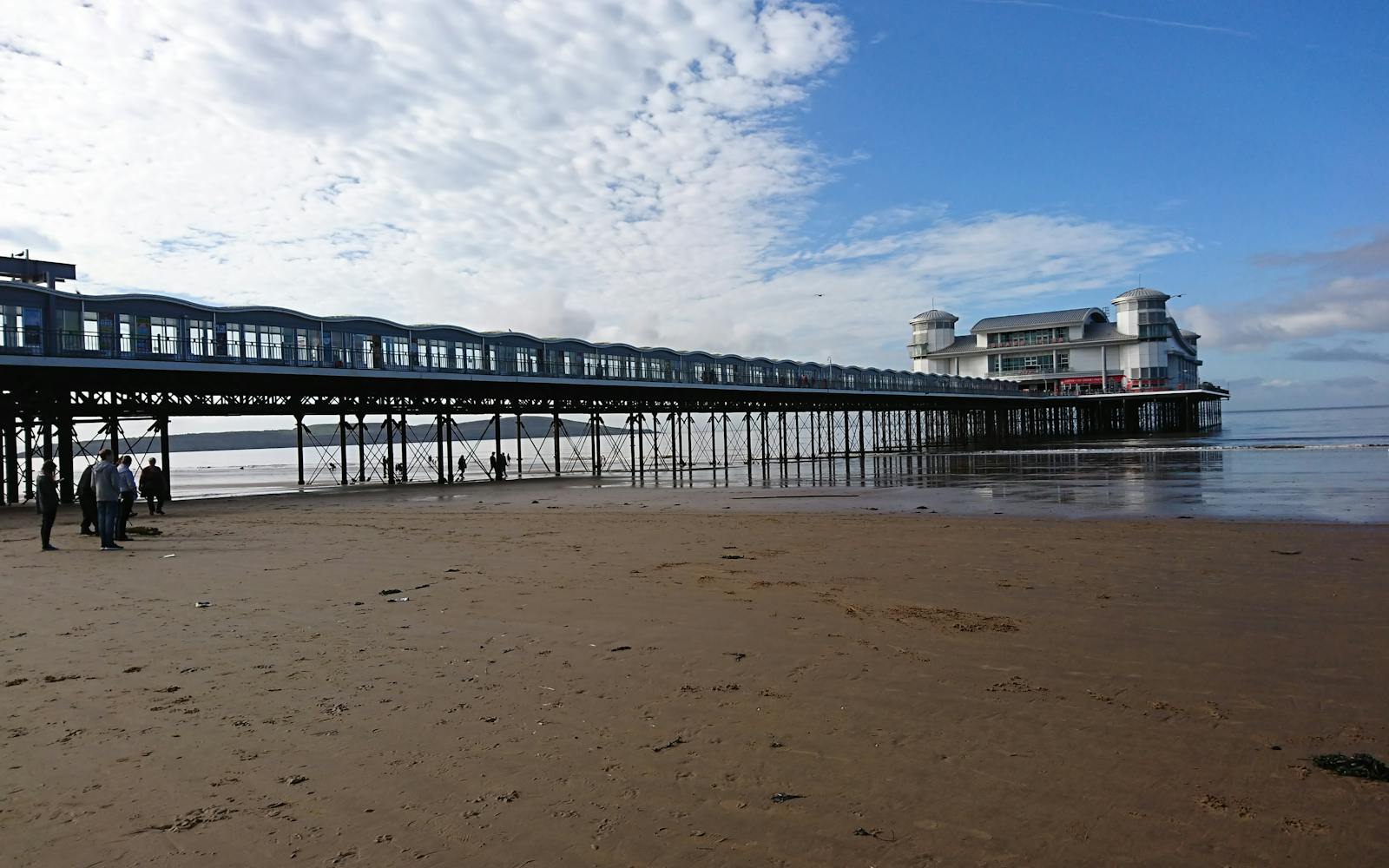
Tourism
British tourism needs to be revitalised to be sustainable and appealing to both domestic and international visitors. Local tourism has increased in recent years, with a rise in staycations. This should be maximised by offering a diverse mix of attractions and public spaces, rather than depending solely on good weather.
Hospitality jobs, which employ one in seven people in coastal towns, need to be valued, especially since the sector has been hit hard by Brexit. We need to develop, recruit, and retain homegrown talent, and improve and diversify education opportunities.
Urban planning should prioritise the development of sustainable tourism initiatives that showcase the unique assets of each town. Expanding a town’s offer may involve the preservation and restoration of historical sites, the creation of recreational spaces, and the implementation of eco-friendly practices to protect the environment. Sustainable tourism not only brings economic benefits but also fosters a sense of pride and identity among residents.
Climate resilient infrastructure
Many coastal towns will suffer the effects of climate change more than inland communities. To help mitigate coastal erosion, rising sea levels and flooding, urban and environmental planning must incorporate climate-resilient design principles and strategies to alleviate the impact of extreme weather events. Investing in infrastructure such as sea walls and green spaces that act as natural buffers can make coastal towns more resilient to the inevitable environmental hazards that climate change will bring.
Leadership and creation of community
Effective and interconnected leadership is essential for positive regeneration. Successful urban planning must prioritise community engagement and social cohesion. Involving residents, educators, public sector and private investors, and employers in the planning process ensures that development initiatives align with local needs. Town teams act as conduits between local councils and the community and create a clear and shared vision for meaningful change.
Fostering a sense of community through the creation of communal spaces, cultural events, and educational programs contributes to the overall well-being of residents and attracts new visitors and inhabitants who value a strong and positive community ethos.
Revitalising Britain's coastal towns requires a holistic and strategic approach to urban planning. By formulating sustainable, long-term solutions and engaging with stakeholders, sensible planning can create a place and community that embodies the unique quality of life that seaside living offers—a place where people and businesses can thrive.
How can we help? LUC offers a range of services including urban design, green and blue infrastructure, masterplanning, public realm strategy, placemaking, and strategic ecology. We’re passionate about creating better futures for nature, people and places.
Read more about our work on coastal town regeneration in Bognor Regis and Littlehampton.




